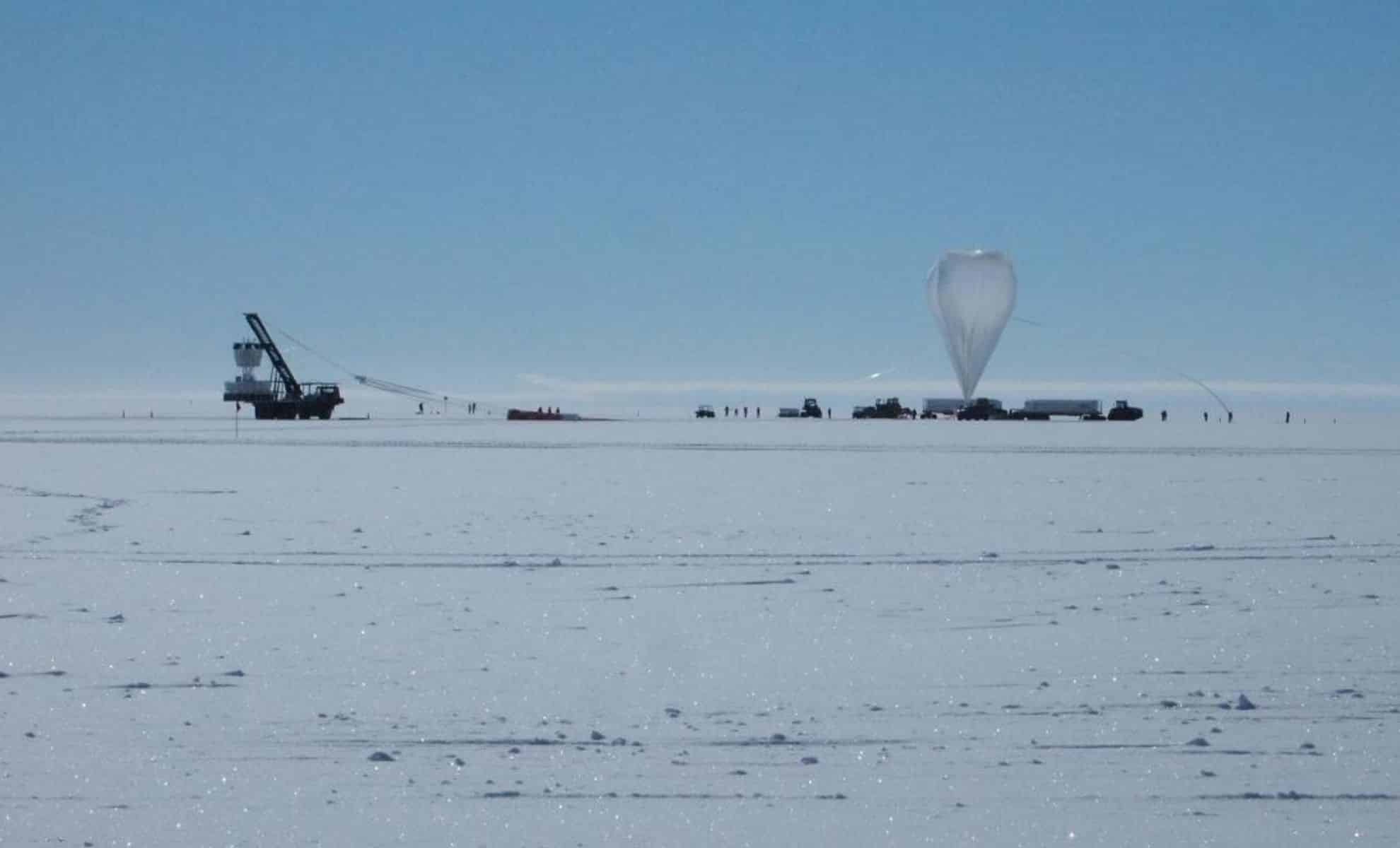
Unexplained Radio Signals Detected Beneath Antarctic Ice: What Could They Be?
How did your country report this? Share your view in the comments.
Diverging Reports Breakdown
Unexplained Radio Signals Detected Beneath Antarctic Ice: What Could They Be?
A team of international scientists has detected unusual radio pulses originating from beneath the Antarctic ice. The signals were expected to reflect off the ice’s surface, yet they seemed to originate from below the horizon. This anomaly has raised crucial questions about the nature of these signals, with some speculating that they could represent new particles or interactions yet to be discovered. As scientists rule out known possibilities, the mystery of the signals deepens. Some theories even point to dark matter as a potential cause. The findings were published in the Physical Review Letters on November 14. The study was led by Stephanie Wissel, an associate professor of physics, astronomy, and astrophysics at Penn State.
The Mystery Behind the Strange Radio Waves
The ANITA experiment, a set of balloon-borne instruments designed to detect cosmic radio signals, made an unprecedented observation in Antarctica. The team has recorded radio pulses that appear to come from deep beneath the ice, a phenomenon that contradicts current models of particle physics. These signals were expected to reflect off the ice’s surface, yet they seemed to originate from below the horizon. This anomaly has raised crucial questions about the nature of these signals, with some speculating that they could represent new particles or interactions yet to be discovered.
Unexpected Signal Angles Raise Questions
One of the most puzzling aspects of these signals is their angle of arrival. According to Stephanie Wissel, associate professor of physics, astronomy, and astrophysics at Penn State, the radio waves detected were “at really steep angles, like 30 degrees below the surface of the ice.” This steep angle is highly unusual because, according to existing models, particles like cosmic rays or neutrinos would not be able to pass through such thick layers of ice and rock without being absorbed or deflected. The radio pulses should have been undetectable after interacting with the layers of rock and ice beneath Antarctica. This unexplained detection has confounded physicists, who are working to understand the cause of the anomaly.
Are These Signals Neutrinos?
The researchers initially considered that the signals might be linked to neutrinos, a type of subatomic particle that is notoriously difficult to detect. Neutrinos are extremely abundant in the universe, often produced by cosmic events like supernovas or even the Big Bang. However, detecting neutrinos is a complex challenge because they rarely interact with other matter. Wissel noted the issue, saying, “You have a billion neutrinos passing through your thumbnail at any moment, but neutrinos don’t really interact. So, this is the double-edged sword problem. If we detect them, it means they have traveled all this way without interacting with anything else. We could be detecting a neutrino coming from the edge of the observable universe.”
Challenges in Identifying the Signal’s Origin
Despite the initial neutrino theory, the unique nature of the radio pulses led the researchers to consider other possibilities. Wissel explained, “It’s an interesting problem because we still don’t actually have an explanation for what those anomalies are, but what we do know is that they’re most likely not representing neutrinos.” This suggests that the signals detected by ANITA might represent a new and previously unidentified type of particle or interaction. As scientists rule out known possibilities, the mystery of these signals deepens, with some theories even pointing to dark matter as a potential cause.
Source: https://indiandefencereview.com/unexplained-radio-signals-antarctic-ice/
